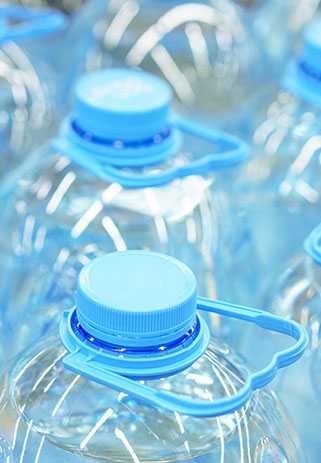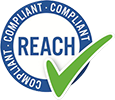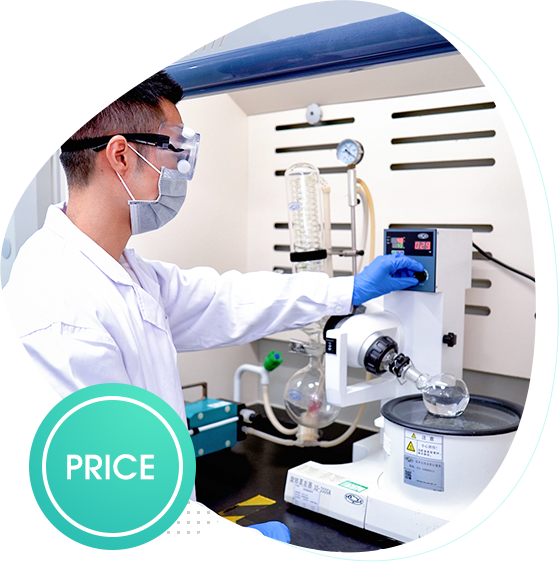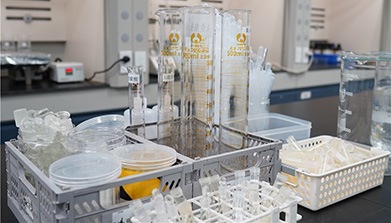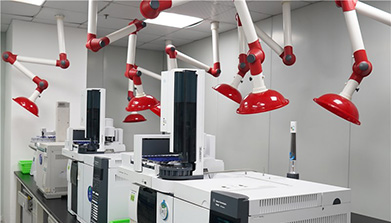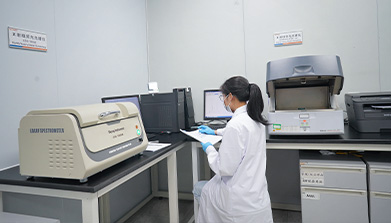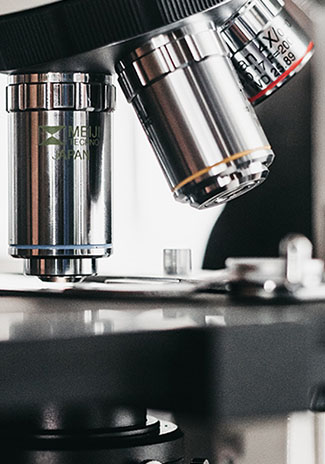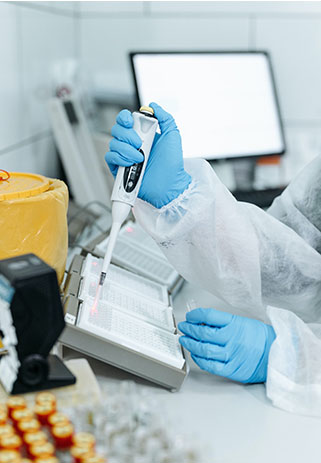REACH (EC 1907/2006) aims to improve the protection of human health and the environment through the better and earlier identification of the intrinsic properties of chemical substances. REACH also aims to enhance innovation and competitiveness of the EU chemicals industry. The regulation covers consumer products imported to or manufactured in the European market.
REACH requirements regulate the use of chemical “substances of very high concern”,commonly abbreviated as SVHCs. Substances typically classified as a REACH SVHC.
Noticed that substances listed in Annex XVII are banned or limited. Further, additional testing for Substances of Very High Concern (SVHC) is also necessary.



